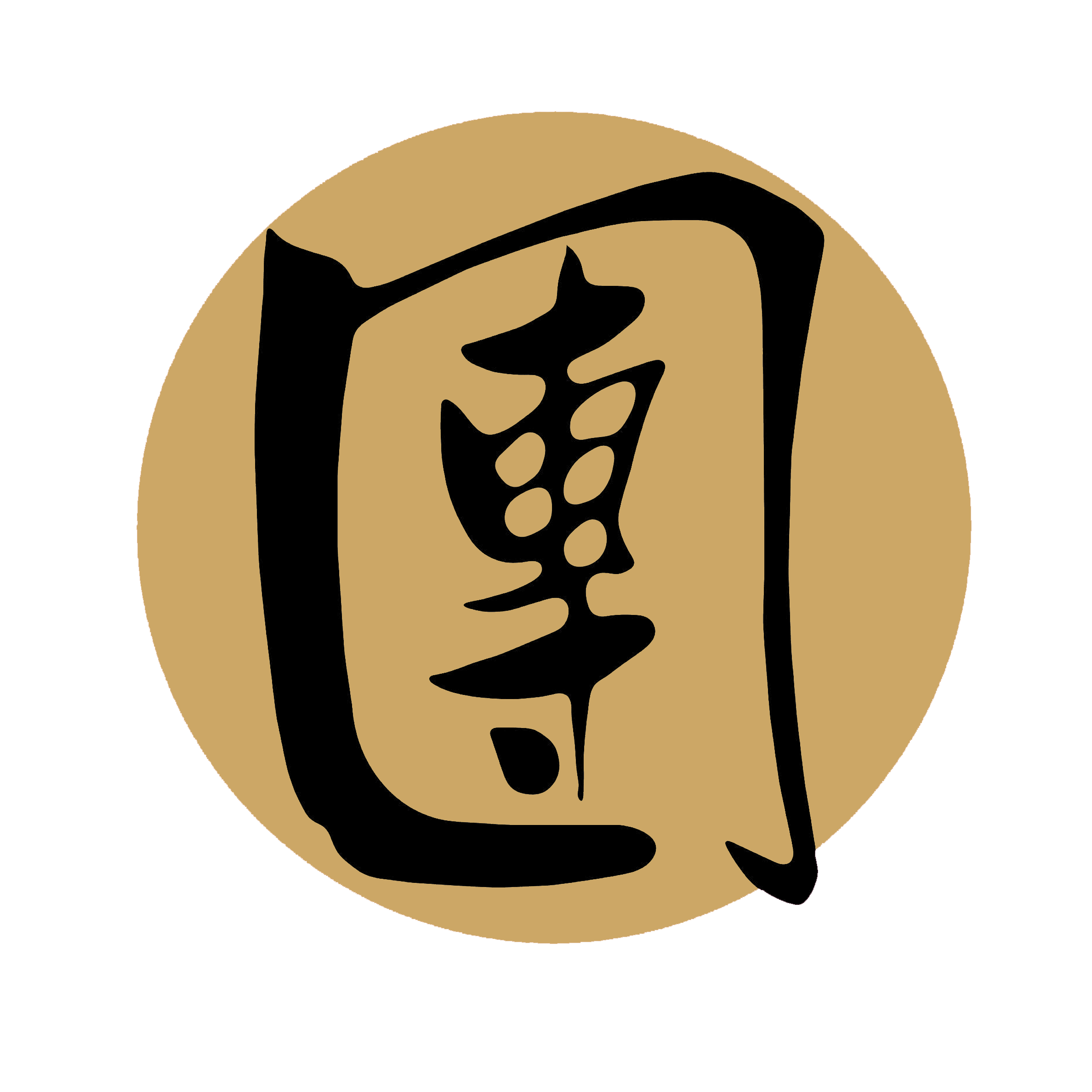28. Fun-lan: Choy Li Fut Kung Fu Technique
Fun-lan, also known as Separate Blocking, is a fundamental technique found in various Chinese martial arts styles. It is a versatile defensive maneuver used to simultaneously block and counter an opponent's attack. In this article, we will explore the origins, execution, and applications of Fun-lan in martial arts practice.
Origins and Characteristics: Fun-lan is commonly associated with Southern Chinese martial arts systems, particularly those influenced by the Shaolin Temple. It is a defensive technique designed to intercept and redirect an opponent's attack, while creating an opening for a counter-attack. The term "Fun-lan" translates to "Separate Blocking," referring to the simultaneous use of both hands to intercept and control the opponent's limbs.
Execution and Technique: To execute Fun-lan, the practitioner starts with a balanced and stable stance, ready to respond to an incoming attack. As the opponent strikes, the practitioner uses one hand to block and redirect the attacking limb, while the other hand delivers a simultaneous counter-attack. The blocking hand intercepts the attack, neutralizing its power and redirecting it away from the practitioner's centerline. Meanwhile, the counter-attacking hand strikes the opponent's vulnerable areas, such as the throat, solar plexus, or groin.
Applications and Adaptability: Fun-lan is a versatile technique that can be applied in various combat situations. Its simultaneous blocking and counter-attacking nature allows for quick and efficient defense, followed by an immediate offensive response. It can be used against both empty-handed attacks and weapon-based strikes. In empty-handed combat, Fun-lan can be employed to neutralize punches, kicks, and grabs. By redirecting the opponent's attack while launching a counter-strike, the practitioner gains a tactical advantage, turning defense into offense. The ability to simultaneously block and strike minimizes the opponent's opportunity to launch a follow-up attack. When facing weapon attacks, Fun-lan can be adapted to disarm or immobilize the opponent. By precisely controlling and redirecting the weapon, the practitioner can neutralize the threat while delivering a disabling strike. The combination of blocking and counter-attacking makes Fun-lan an effective technique for weapon defense and disarmament.
Training and Development: Developing proficiency in Fun-lan requires consistent training and conditioning. Practitioners focus on developing precise timing, coordination, and reflexes to execute the technique effectively. Training drills include partner exercises, where practitioners practice blocking and countering various attacks with proper technique and speed. Furthermore, Fun-lan training emphasizes the development of sensitivity and awareness. Practitioners learn to read their opponent's movements, anticipate attacks, and react swiftly. This heightened sensitivity allows for precise and effective application of Fun-lan in real combat scenarios.
Conclusion: Fun-lan, the Separate Blocking technique, is an integral part of Chinese martial arts. Its ability to simultaneously block and counter-attack makes it a valuable defensive maneuver. Through dedicated training and practice, practitioners of Fun-lan develop their defensive skills, timing, and reflexes, enabling them to effectively neutralize and counter their opponents' attacks. By understanding and mastering Fun-lan, martial artists can enhance their overall combat abilities and embody the principles of Chinese martial arts.

